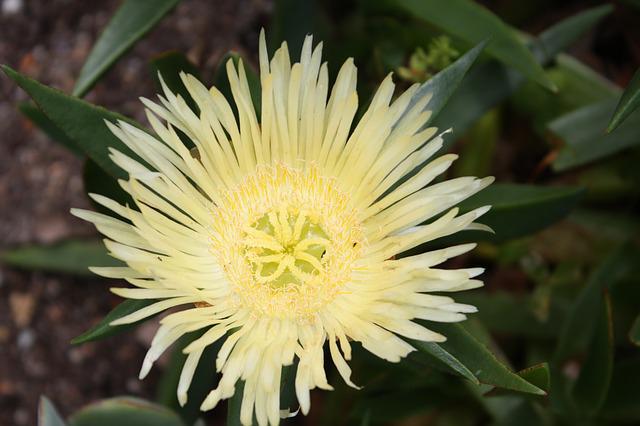If you are an ethnobotanical enthusiast or have been searching for natural herbs with properties similar to kratom, you may have come across kanna. This plant has gained popularity as a kratom alternative in recent years, due to its benefits and effects. Kanna usually comes in two different formats: fermented and unfermented. So, if you’d like to try kanna, you should know the difference between the two before you buy. In this post we’ll discuss fermented vs. unfermented kanna to help you make an informed decision.
What Is Kanna?
Kanna is a succulent plant that grows in South Africa, where native people have been using it in traditional medicine, rituals, and ceremonies for hundreds of years.
The main alkaloids of the plant are mesembrone, mesembrine, and mesembrenol, which are responsible for kanna’s effects and properties. They act as reuptake inhibitors, meaning that they block the reuptake of serotonin in your brain. By doing this, your brain will have more serotonin, allowing you to feel better and to feel a sensation of calmness and relaxation.
What Is Kanna Used For?
Kanna is a dose-dependent plant with similar effects to kratom, so, depending on the dosage it can be:
- Stimulant
- Euphoric
- Anti-stress
- Anti-anxiety
- Sedative
- Mood elevating
- Mental clarity
- Local analgesic (it was used as a local anesthetic to extract teeth).
To determine the right amount of kanna that you should use, you may want to start on a lower dose and increase over time to find the right dosage for you. Since the plant is relatively new, this would be a process of trial and error.
How to Use Kanna?
There are various ways to use kanna, the most popular are:
- Chewing – mixing the powder with chewing gum and swallowing the saliva, this is similar to the traditional method.
- Sublingually – placing the powder under the tongue to allow it to be absorbed.
- Drinking it – preparing a tea, although the effects seem to be less potent.
- Vaping kanna liquid.
Although kanna is a fairly safe plant that has been used for centuries, remember that it can also have side effects. Some of the most common are drowsiness, headaches, diarrhea, and, in some cases, high blood pressure, so you should avoid using it if you suffer from a heart condition. However, these side effects are not usually serious and will disappear after you stop using the plant.
Fermented Vs. Unfermented Kanna
So, now that you know what kanna is and what it does, it’s time to explore the differences of fermented vs. unfermented kanna. Let’s see them below.
Fermented Kanna
This is the most popular, and the way it’s typically used in its area of origin.
Traditionally, kanna goes through a process of fermentation for about a week. After that, it is left to dry in the sun for a couple of days. Fermentation enhances kanna’s flavor (this doesn’t mean that it tastes good) and potency.
Fermented kanna delivers mood elevation and euphoria (more than unfermented).
The fermentation process seems to have a great influence on the alkaloid composition (this makes fermented kanna more potent than the unfermented version). But this doesn’t mean that fermented kanna has higher alkaloid concentration, in fact, some studies have found that unfermented kanna contains more alkaloids. However, different studies show conflicting data.
What users say:
- The alkaloidcomposition changes after fermentation, producing more serotonin based effects and less CB1 effects.
- Other user says that Fermented kanna is much more powerful and profound – kills anxiety as good as xanax, boosts mood, can make colors seem brighter – can have some very mild psychedelic effects (though no hallucinations).
Unfermented Kanna
Although this format is not the traditional product, it’s also praised by some individuals who prefer the milder effects. Contrary to fermented kanna, the fresh plant is dried without any alterations. It’s considered a stronger calmative. Low-grade stimulant. The effects are milder. Non fermented kanna tastes much worse, according to users.
What users say:
- Unfermented kanna gives me a speedy-like buzz that is not unpleasant, but almost like a low-grade stimulant.
Now we would like to know your opinion. Have you tried kanna? What format is your favorite? Fermented or unfermented kanna? Let us know in the comment section below!


